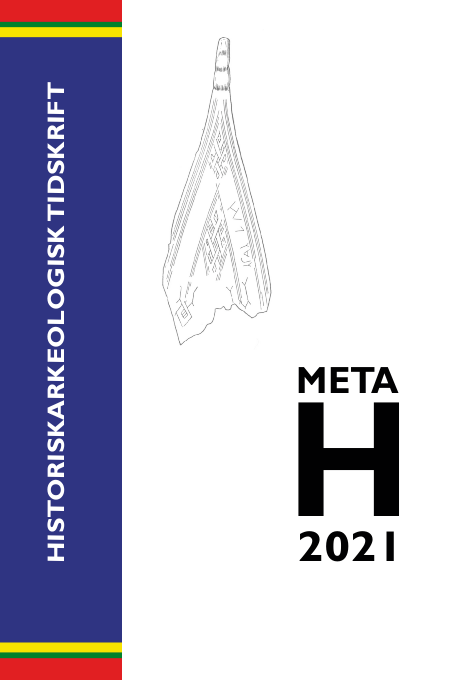Ummeland voyaging, maritime ‘monks’, and the emergence of the town of Marstrand
DOI:
https://doi.org/10.59008/meta.vi.10933Abstract
For many centuries, the Limfjord was a strait dividing Jutland in a northerly and a southerly part. As such, it constituted the safest and most frequented sea route between the North Sea and Baltic Sea regions. During the first part of the 12th century, its western inlet silted up, creating today’s Limfjord, thus forcing vessels to take a more northerly route around the dangerous Skaw – a route that had previously been avoided. The present study suggests that this so-called ummeland voyaging had considerable economic and geo-political consequences for the Viken region. In particular, it argues that ummeland voyaging was the main driver to the establishment of the town of Marstrand in the southern part of this region. The hypothesis presented thus contradicts much of the previous research on Marstrand’s urbanisation, which instead states that the town derived from a fishing hamlet.







